
Locking Power Cords For Data Centers: The Ultimate Guide
According to the Uptime Institute’s 2022 Data Center Resiliency Survey, human error plays a role in about two-thirds (66%) of all data center outages. Modern data center design is complex and even a simple error can cascade into a hugely costly outage.
One way that many data centers help reduce human error is through the use of locking power cords. In fact, most industries where preventable equipment power loss can have catastrophic consequences use these types of power cords to minimize the risk of human error.
In this article, we will take a closer look at what exactly locking power cords are, their benefits, the different types of locking power cords, and also which is best for your organization.

What Are Locking Power Cords?
Very simply, locking power cords are electrical cords that are specially designed with a mechanism that allows them to securely fasten to the power socket. These are incredibly useful across many industries and applications, especially within data centers, where uninterrupted power supply is so vital.
In addition to this, the locking mechanism on the power cords helps to ensure a stable connection and also reduces the risk of electrical hazards. Once again making them invaluable to many industries and applications.
How Can Locking Power Cords Mitigate Dangers In Data Centers?
The dangers caused by a simple loss of power to a data center are catastrophic. These potential dangers include data losses, financial losses, service interruptions, and even legal ramifications. Data centers host critical IT infrastructure and services for businesses, which means that these potential dangers can also have much wider implications.
Data centers are designed for redundancy but one of the weakest points of failure, often overlooked, is the simple one - the power cord. Locking power cords helps to prevent these accidental power losses by ensuring that power cords are secure and can’t accidentally be pulled or become loose over time.
Benefits Of Locking Power Cords
Locking power cords have a huge amount of benefits that help to increase the safety and security of data centers. These benefits include, but are not limited to;
Preventing costly downtime - The locking mechanisms on these power cords help to eliminate the risk of accidental disconnects. This then helps to make sure that there is no power losses or downtime that can prove costly to these data centers.
Prevent data loss - Power interruptions caused by loose or pulled power cords can lead to the loss of important data. Locking power cords are designed to stop loose cords or cords from pulling and therefore eliminate the risk of power interruptions.
Map your power chain - Locking colored power cords can be coordinated with colored PDUs. This can make it far easier for data centers to map out and control the electrical power chain.
Faster troubleshooting - Locking colored power cords helps identify which cord belongs to a device much easier than having all black power cords. This can therefore lead to faster troubleshooting and improve the efficiency of all data center operations.
What Are The Different Types Of Locking Power Cords Used By Data Centers
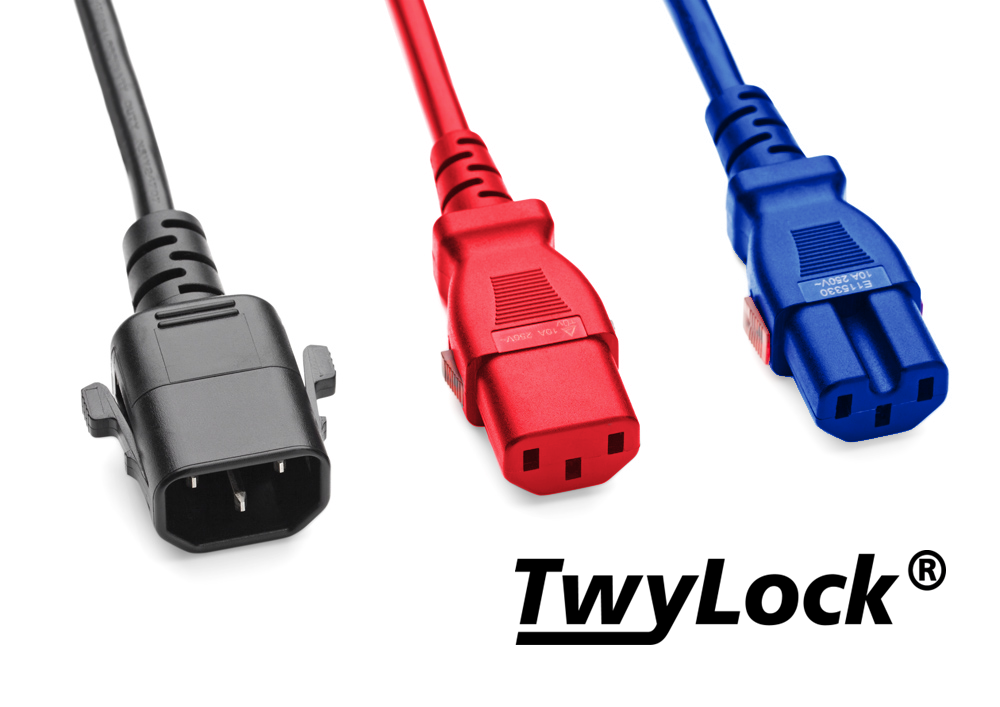
TwyLock
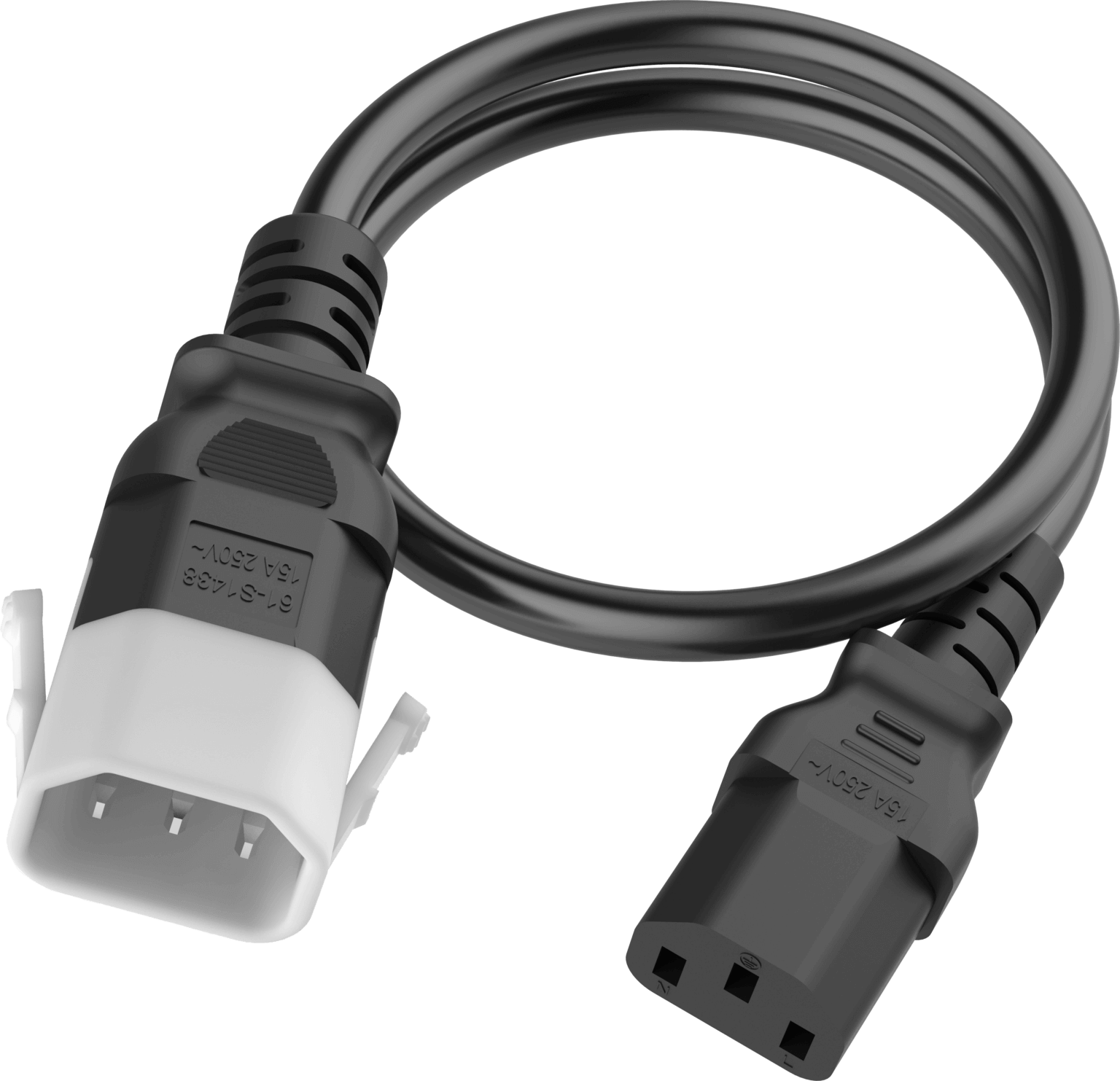
P-Lock
P-Lock a locking plug (male) that securely locks into a matching IEC 60320 inlet. Server Technology, Raritan, Knurr, NextGen Eaton, Emerson Vertiv PDUs are compatible with P-Lock power cords. These are one of the most common locking cords used today due to the ubiquity of these manufacturer’s PDUs in the data center space. Six Sights created P-Lock.
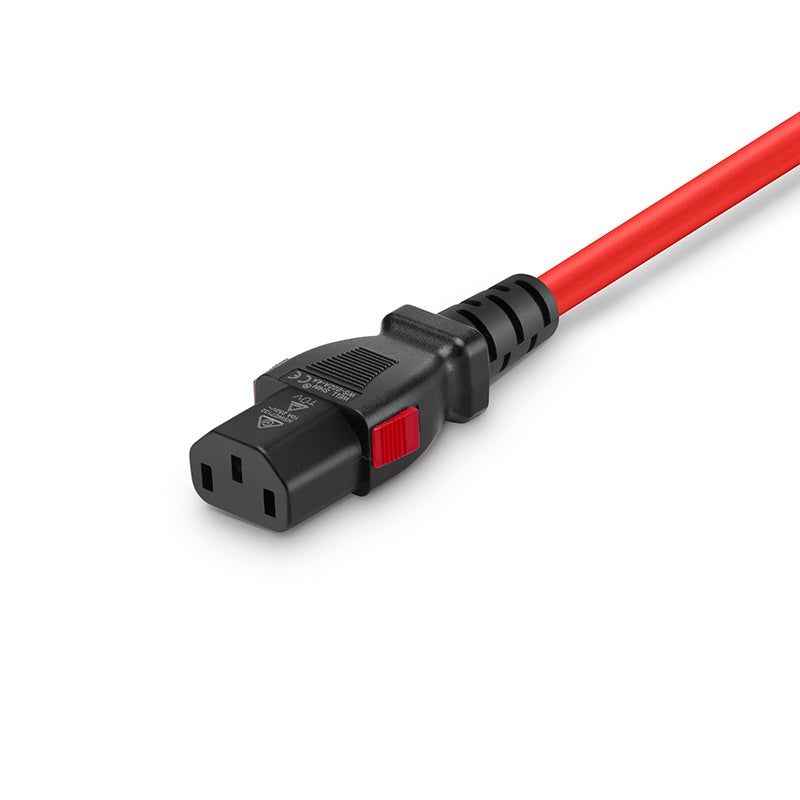
WS-Lock/A-Lock
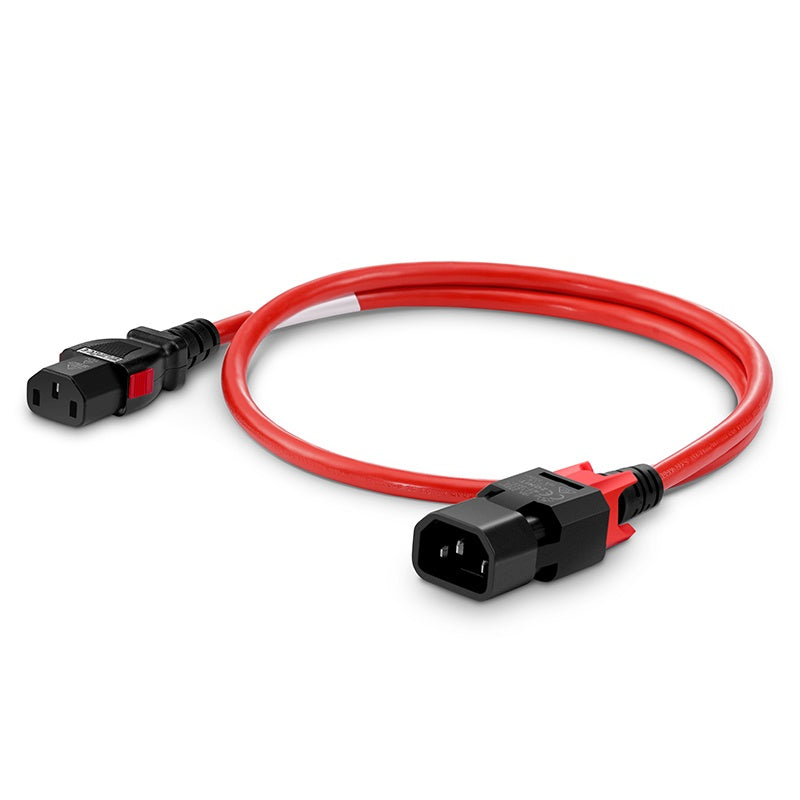
Z-Lock
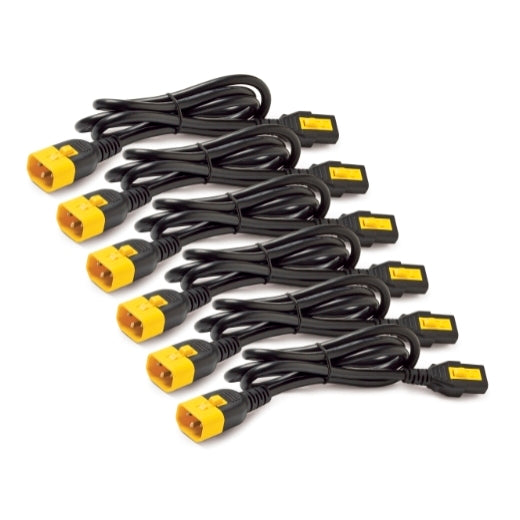
V-Lock
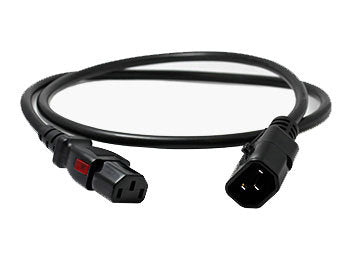
W-Lock
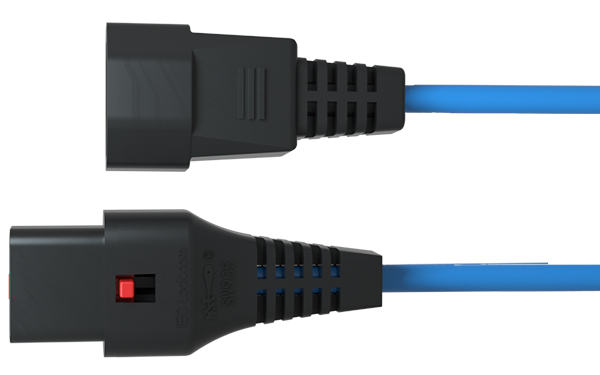
IEC-Lock
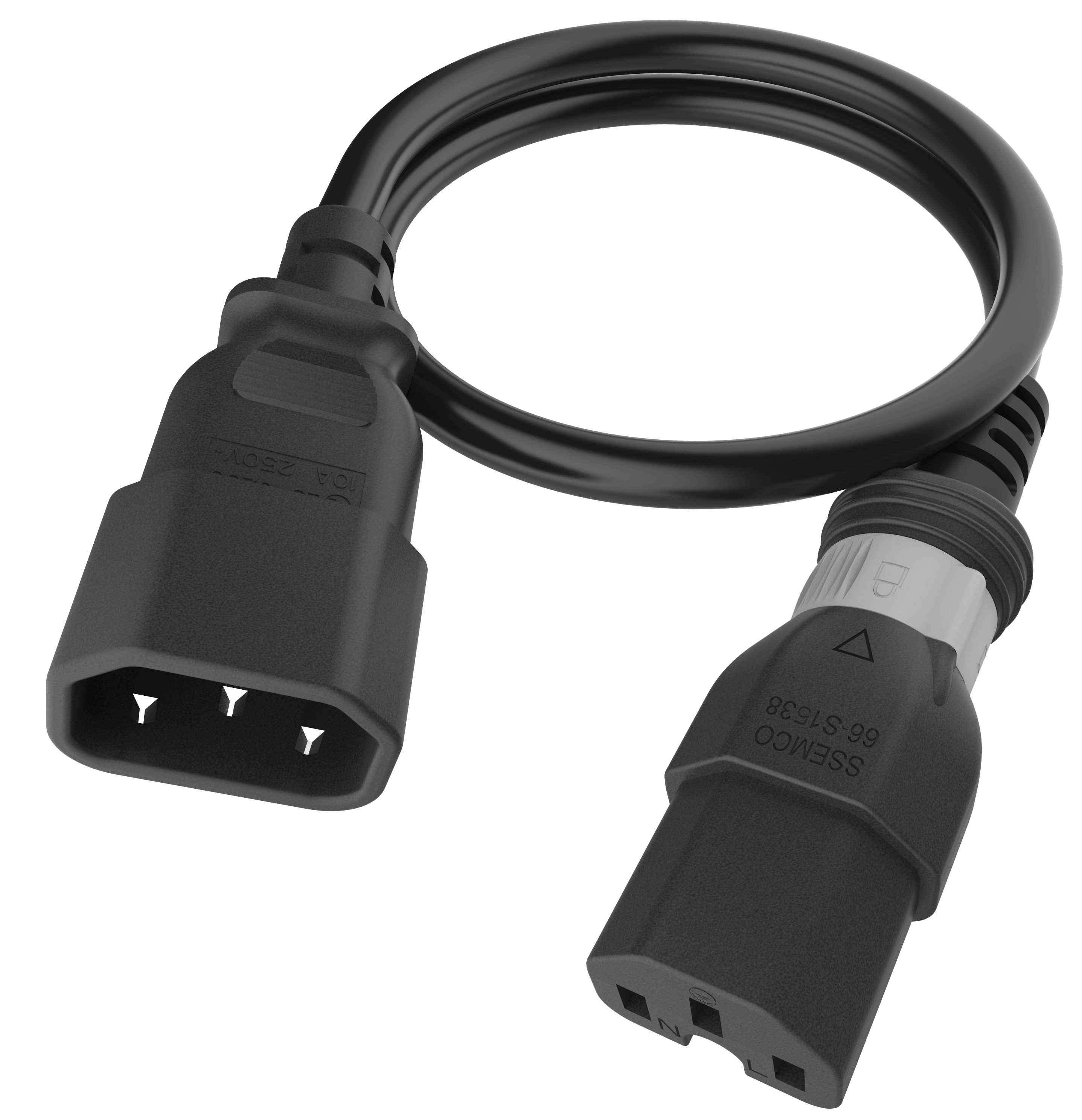
S-Lock
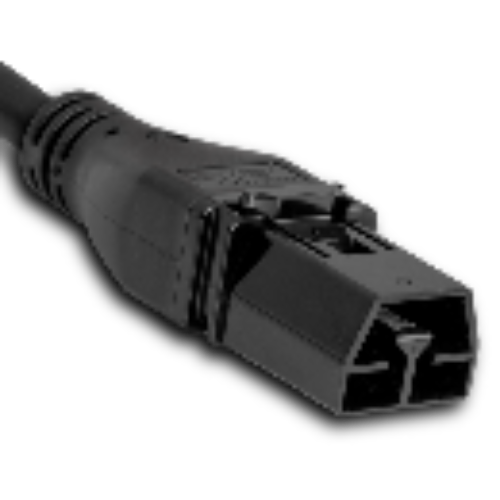
Saf-D-Grid
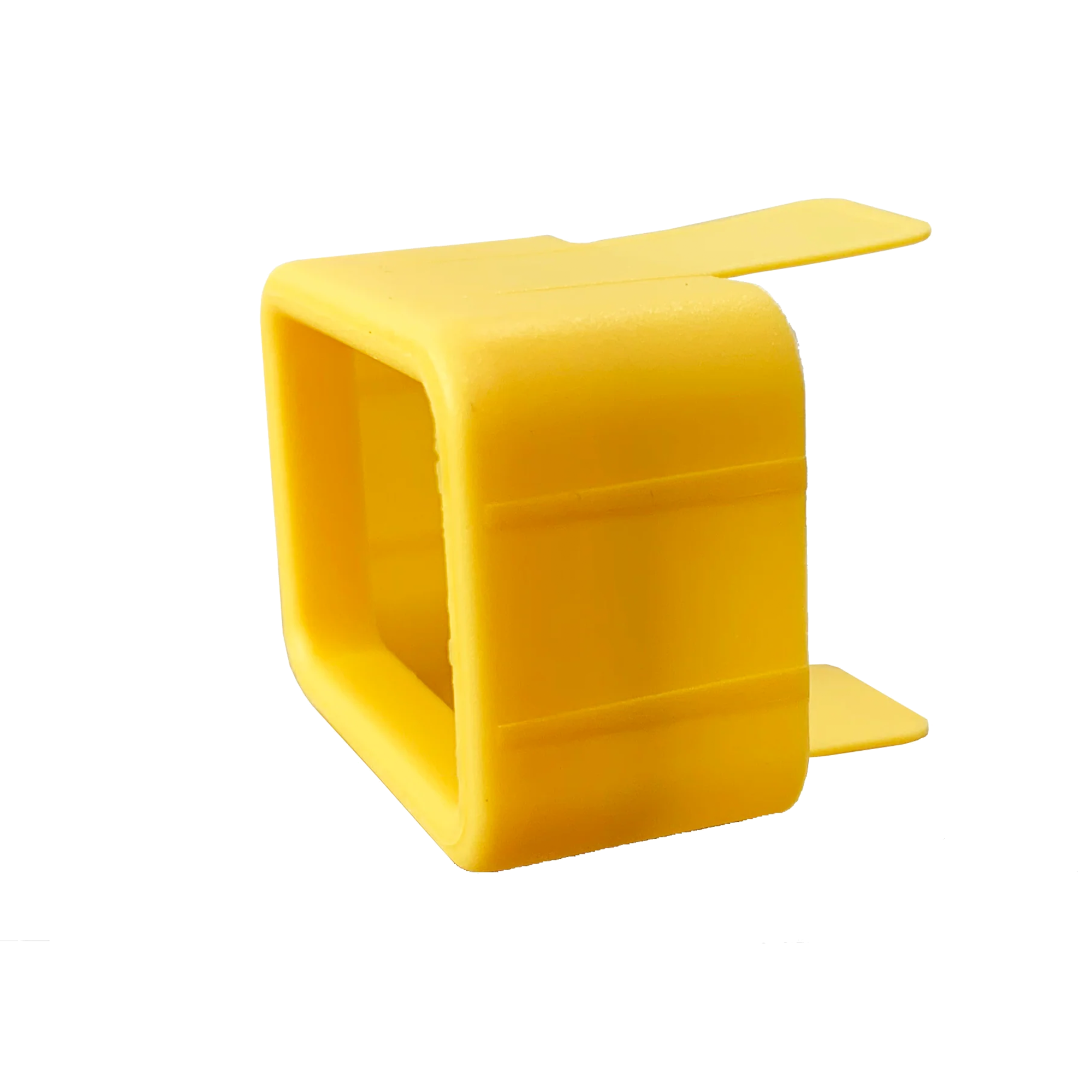
Retention/locking sleeves
While it’s not a locking power cord, retention sleeves are great with existing cables that don’t have a built-in locking mechanism. It's a great way to retrofit on a budget or when locking cords have long lead times.
Retention sleeves slide over the end of the power cord and hold the plug securely in place. Yung Li created the Secure Sleeve Tab. The secure sleeves are compatible with connections such as C13, C14, C15, C19, and C20.
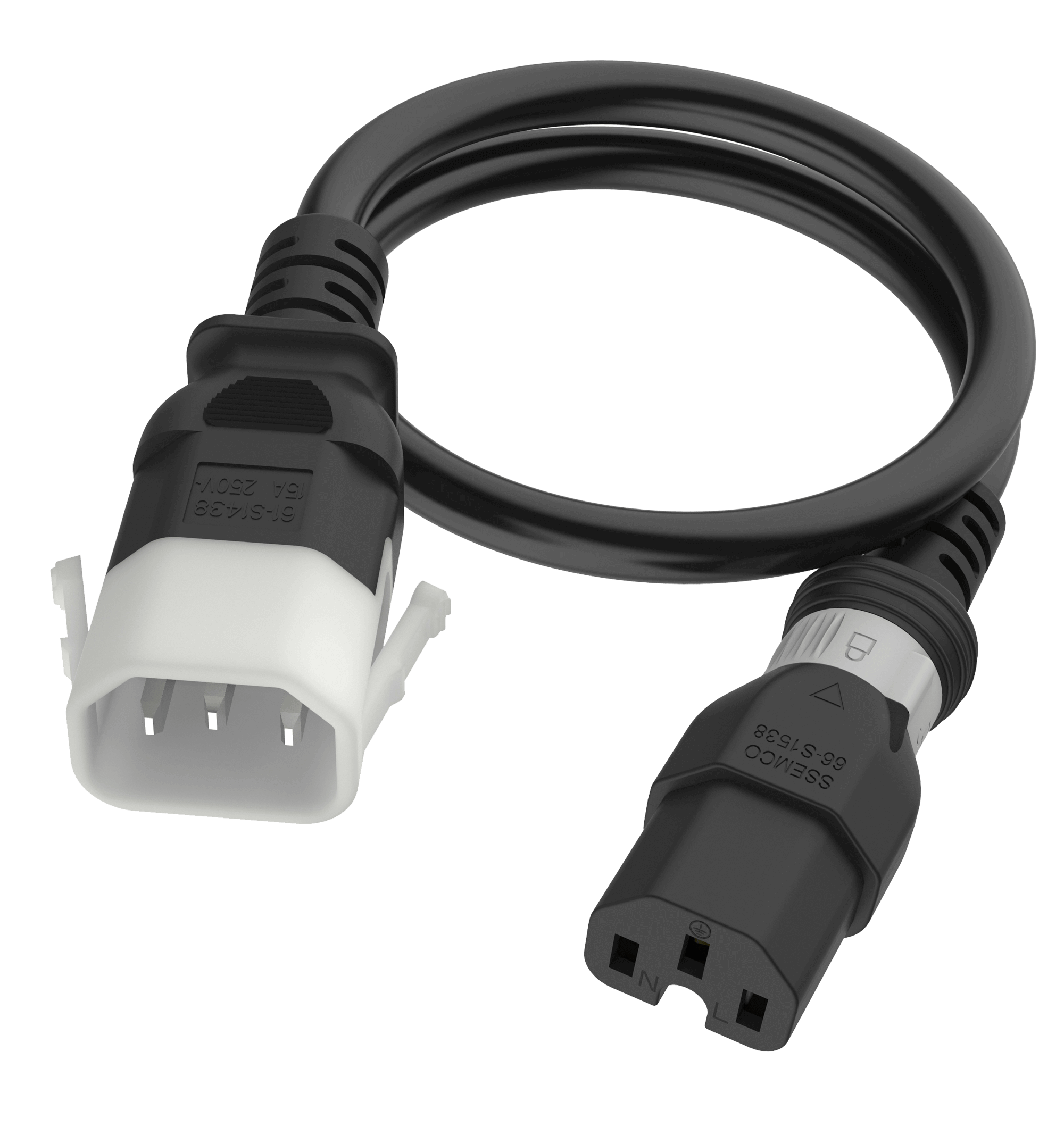
D-Lock
Why Are There So Many Different Types Of Locking Power Cords?
The simple answer is that equipment manufacturers designed their own proprietary locking mechanisms creating locking cords that will only work with their equipment. It’s no different than Apple and its Lightning cable, where no other manufacturer uses this connector.
Over time, there were new locking cords that worked across multiple proprietary locking systems and even universal cords. All of these cords then come in different colors and different lengths, leading to there being such a wide variety of locking cords.
Which Locking Power Cord Should I Use?
It depends on what equipment already exists in your infrastructure and whether a single or dual lock will do. For instance, if you use equipment that is P-Lock compatible but want more peace of mind that a dual-lock provides, TwyLock is a great solution.
The Secure Sleeve Tab is perfect when you're looking for a cost-effective way to achieve similar results without having to replace all your existing power cords.
Don't wait until disaster strikes. Human error risk can be mitigated with careful planning. Locking power cords are one easy way to do so as part of an overall risk mitigation strategy.
High-Quality Locking Power Cords From SIGNAL+POWER
Here at SIGNAL+POWER, we stock a huge range of the highest-quality power cords for data centers.
Our TwyLock® Dual Locking Data Center Power Cords are the ultimate solution for data centers. They will help to prevent any costly or unwanted power outages for data centres globally.




